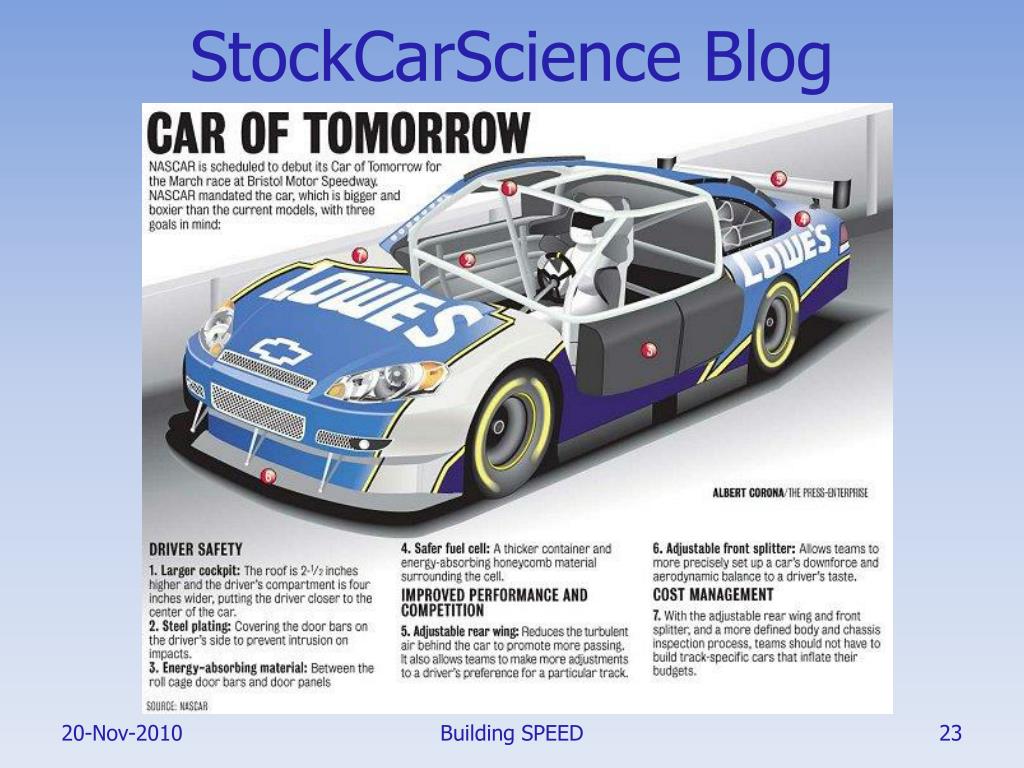5-2016
Thesis
Bachelor of Science in Chemical Engineering
Undergraduate
Chemical Engineering
Penney, W. Roy
Ackerson, Michael
The disposal of large Off-the-Road (OTR) tires is an increasingly important concern. These tires can weigh up to 8,450 pounds with an overall diameter and width of approximately 140.7 inches and 45.1 inches respectively. OTR tires are used for mining vehicles such as haul trucks, wheel loaders, backhoes, graders, and trenchers. These new tires cost between $38,000 and $50,000 each, depending on multiple factors including oil prices and the cyclical nature of the industry.
Haul trucks contain six tires per vehicle, and mines replace these tires around every 9-12 months. Statistics regarding discarded OTR tires are not provided by the industry as they are for other types of tires. Thus, it is difficult to approximate the number and location of waste OTR tires not only in individual states, but in the U.S. in general. Currently, Minnesota and Arizona are the only states that place regulations and fees on OTR tires. However, Minnesota is the only state that actually tracks them.[3] The Rubber Manufacturers Association (RMA) roughly estimates that OTR tires account for 1% of scrap tires by number and 15% by weight. When the tires are replaced, the old tires can be discarded with the waste rock in stockpiles at the mining site but more often are landfilled without documentation by an appropriate agency due to lack of federal regulations. Their low density and hollow centers cause them to float to the top of landfills, disrupting the compactness. Also, tires have a heat content 20-40% greater than that of coal which can be very dangerous on the rare occasions that tires catch fire in stockpiles.
 Furthermore, burning tires release hazardous substances including pyrolytic oil, ash, and smoke, which contain carcinogens, heavy metals, and other toxic compounds. Due to the large size of OTR tires, there are few facilities that can accommodate their recycling. This leads to increased costs in transporting them to such sites. Transportation costs for a tire taken out of service can be up to $1000. In addition to the freight costs, recycling an OTR tire can cost up to $1500 because of their rugged construction compared to passenger tires which cost around $1 to recycle. In response to the waste OTR tire problem, the Ball Hogs from the University of Arkansas have designed a solution that recycles OTR tires by using old tires as liners in ball mills for hard rock mines. Ball mills are large cylindrical vessels consisting of an outer shell, an inside liner and a load of metal balls. A motor turns the ball mill using a transmission system causing the metal balls to move in a cascading motion to grind the material fed into the ball mill.
Furthermore, burning tires release hazardous substances including pyrolytic oil, ash, and smoke, which contain carcinogens, heavy metals, and other toxic compounds. Due to the large size of OTR tires, there are few facilities that can accommodate their recycling. This leads to increased costs in transporting them to such sites. Transportation costs for a tire taken out of service can be up to $1000. In addition to the freight costs, recycling an OTR tire can cost up to $1500 because of their rugged construction compared to passenger tires which cost around $1 to recycle. In response to the waste OTR tire problem, the Ball Hogs from the University of Arkansas have designed a solution that recycles OTR tires by using old tires as liners in ball mills for hard rock mines. Ball mills are large cylindrical vessels consisting of an outer shell, an inside liner and a load of metal balls. A motor turns the ball mill using a transmission system causing the metal balls to move in a cascading motion to grind the material fed into the ball mill. Ball mills require liners that are constructed from materials such as steel or rubber. For a 30 ft long ball mill with a 20 ft diameter, a hard rubber liner reinforced with steel can cost $150,000. These liners are replaced at least once a year, creating a substantial upkeep cost for these ball mills. Metal mines in Bolivia are already using tractor tires to line many ball mills. This technique has been effective for over twenty years. The high import costs of new liners and the low cost of labor has led many Bolivian metal processors to use truck and tractor tires as liners in their ball mills. This construction normally occurs on site using tools like handsaws, drills, torches and knives to cut up tires and manpower to mount these tire-made liners onto mills. However, this is not always the case in the U.S. where labor costs are much higher and the mills are generally larger. Many mines in the U.S. do not have the means to fabricate and install these liners on site; therefore, a third-party solution is proposed that will take a mine’s discarded tires and make ball mill liners out of them.
Ball mills require liners that are constructed from materials such as steel or rubber. For a 30 ft long ball mill with a 20 ft diameter, a hard rubber liner reinforced with steel can cost $150,000. These liners are replaced at least once a year, creating a substantial upkeep cost for these ball mills. Metal mines in Bolivia are already using tractor tires to line many ball mills. This technique has been effective for over twenty years. The high import costs of new liners and the low cost of labor has led many Bolivian metal processors to use truck and tractor tires as liners in their ball mills. This construction normally occurs on site using tools like handsaws, drills, torches and knives to cut up tires and manpower to mount these tire-made liners onto mills. However, this is not always the case in the U.S. where labor costs are much higher and the mills are generally larger. Many mines in the U.S. do not have the means to fabricate and install these liners on site; therefore, a third-party solution is proposed that will take a mine’s discarded tires and make ball mill liners out of them.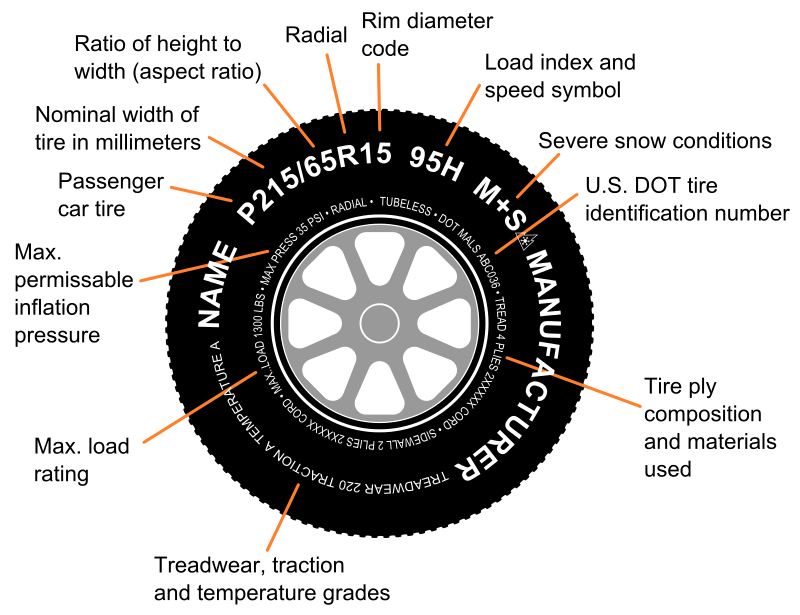 The Ball Hogs’ solution provides an environmentally and economically feasible process of increasing the life of OTR tires beyond their typical use. This alternative would utilize the engineering and technology that makes these tires strong enough to hold a 400 ton truck. Mining companies would save yearly an average of $70,000 per ball mill liner replacement, and over 780,000 kg of CO2 per liner. Furthermore, mining companies would earn positive public relations, goodwill, and tax breaks.
The Ball Hogs’ solution provides an environmentally and economically feasible process of increasing the life of OTR tires beyond their typical use. This alternative would utilize the engineering and technology that makes these tires strong enough to hold a 400 ton truck. Mining companies would save yearly an average of $70,000 per ball mill liner replacement, and over 780,000 kg of CO2 per liner. Furthermore, mining companies would earn positive public relations, goodwill, and tax breaks.
Download
DOWNLOADS
Since May 27, 2016
Chemical Engineering Commons, Manufacturing Commons, Mechanics of Materials Commons, Mining Engineering Commons, Sustainability Commons
COinS
 It indicates, "Click to perform a search". Insider logoThe word "Insider".
It indicates, "Click to perform a search". Insider logoThe word "Insider". US Markets Loading... H M S In the news
Chevron iconIt indicates an expandable section or menu, or sometimes previous / next navigation options.HOMEPAGE Save Article IconA bookmarkShare iconAn curved arrow pointing right.Download the app
When I went to the Alberta oil sands for Business Insider last month it was hard to miss the biggest dump truck in the world: the Caterpillar 797B.
One of the many unique aspects of the Cat 797 are its tires: More than 13-feet-tall, weighing 11,860 pounds, each Michelin or Bridgestone 59/80R63 XDR tire costs $42,500 and that's when you buy the full set of six required by each $5.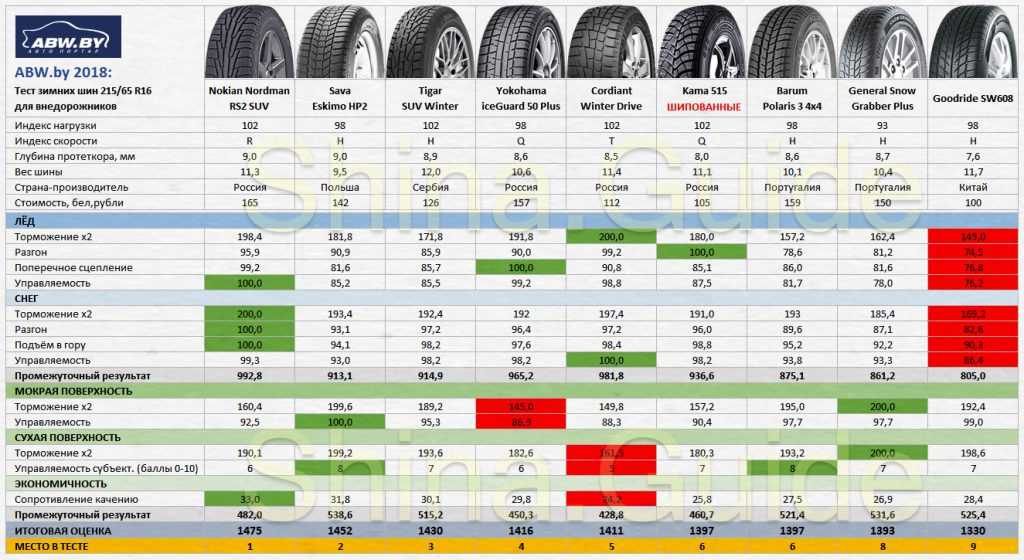 5 million truck.
5 million truck.
They're one of the largest tires in the world and were made for the original Caterpillar 797.
Dionisius Purba via FlickrThe 59/80R63 XDR:
Sign up for notifications from Insider! Stay up to date with what you want to know.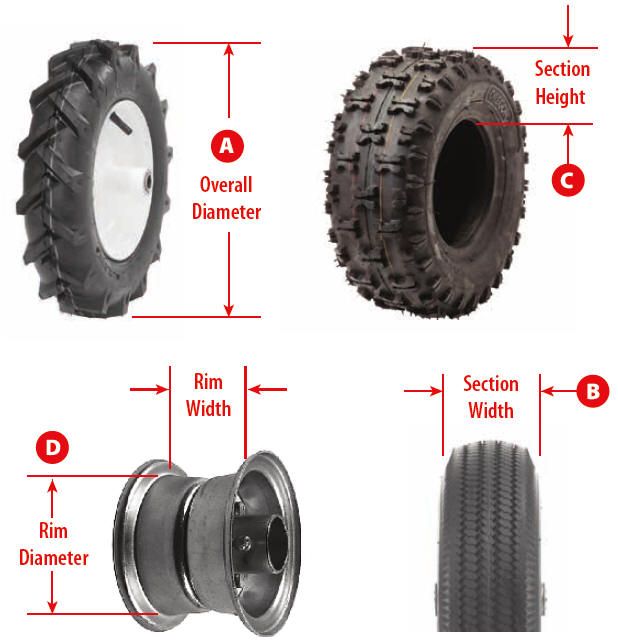
Subscribe to push notifications
Read next
LoadingSomething is loading.Thanks for signing up!
Access your favorite topics in a personalized feed while you're on the go.
Alberta Oil Sands Oil Sands Athabascan Oil Sands Vintage tires Even a lot of high-ranking officers of an important technique do not attach due respect to the selection of such an important element, like a tire.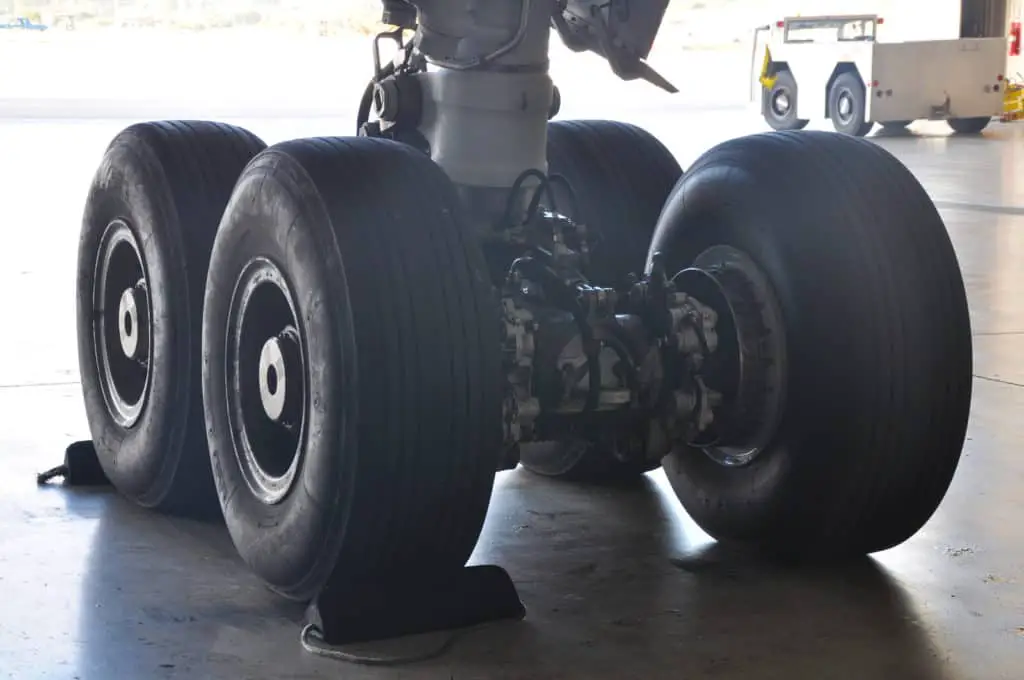 You know that the ideal fit tires can only be recommended by a tire fitter or a car dealer. However, no one, krim vlasnik can’t talk, in some minds a car will win, so your comments will be smart.
You know that the ideal fit tires can only be recommended by a tire fitter or a car dealer. However, no one, krim vlasnik can’t talk, in some minds a car will win, so your comments will be smart.
One more frequent pardon can be called the right of car owners to buy cheap gum yakomoga. Choose tires for vintage cars of low density, save money while maintaining your safety and comfort. In the shortest period of time, the tire will come into disrepair earlier than the common term used by the foreman.
It would be correct to name the weight tires, looking at three minds: the type of transport, the standard of the road, the axle roztashuvannya.
Buses, vantazhіvki, excavators, fire trucks, concrete mixers, vans, drinkers and other units are visible to special equipment. Machines can be ventilated one by one by the same pressure or by rozmіram. However, in all special equipment, where rice is used, it is victorious mainly for the transportation of large enterprises.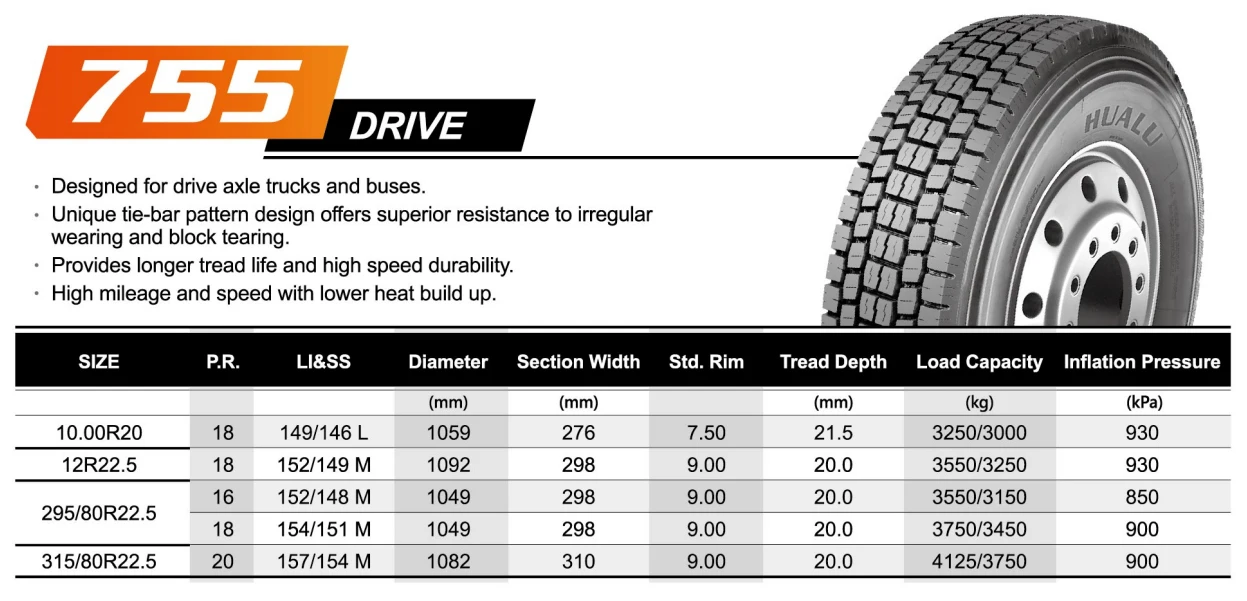 The same vantage guma is guilty of the same mother vіdminnі signs:
The same vantage guma is guilty of the same mother vіdminnі signs:
Particulars of the pitched gum and also the specification for wheel pairs.
The leather axle is equipped with a rubber tire, as it takes on specific functions. Fallen vіd roztashuvannya vіdlyayutsya vantazhnі tires on:
Fallen vіd roztashuvannya vіdlyayutsya vantazhnі tires on:
Deyakі robniky vypuskayut universal tires, so you can put on anyhow. Some of the specialties of the stench of the mother cannot, but then they are mutually replaceable and even more economical, even more conveniently the mother in the form of an emergency kit.
It is necessary to choose the right model with the right characteristics. Different tread of vintage tires is suitable for different road surfaces. You can see a few of the main types of autogums:

The price of vintage tires is high. However, yakіsna produktsіya will not only be the guarantor of your safety, but it will mean speeding up the fire.
Call the managers of our store, if they choose options for customers, they are concerned about the number of moments: type of car, type of road surface, seasonality, profile.
Therefore, the buyer is responsible for reviewing our seller in terms of the price segment and bag harvester. In our online store Tires and Wheels in a wide range of brands are Goodyear, Hankake, Headway, Nokian, Yokohama for such car brands as Iveco, Man, Mercedes, Scania.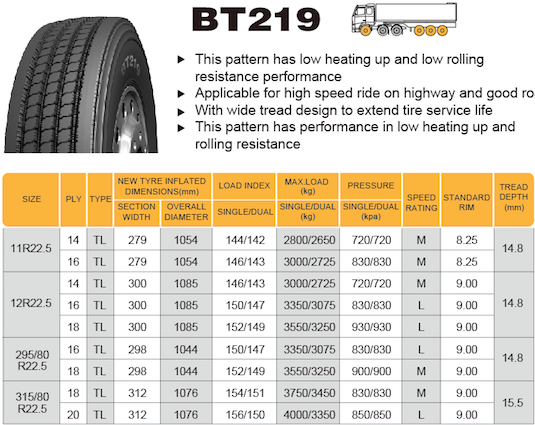
At the same time, in Ukraine, Chinese wheels are scorched with drink. At the shop "TIRES & WHEELS" you can buy vintage Aeolus tires, which have received a lot of positive feedback from our sportsmen. Also in the assortment there are other tires of foreign and domestic brands. Shvidka delivery zamovlennya protyazh 1-3 dnіv in any little bit of Ukraine and discounts on wholesale orders to make a purchase in our store handy and convenient.
Sort: For popularity For zamovchuvannyam For rising prices For a change in prices Sales
Triangle TR689A (driving axle) 215/75 R17.5 135/133L
7 236 ₴
 5
5 Triangle TR685 (steering wheel) 215/75 R17.5 135/133L
7 207 ₴
7 469 ₴
Kelly Armorsteel KSM2 (rudder weight) 315/70 R22.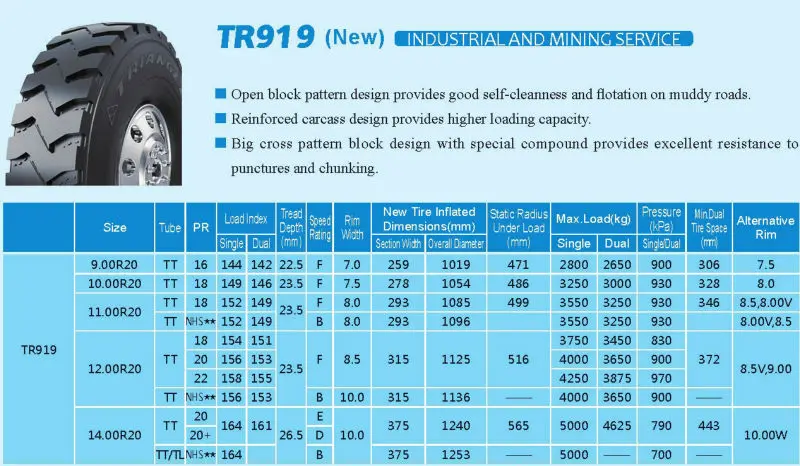 5 156/150L
5 156/150L
15 196 ₴
Kelly Armorsteel KSM2 315/80 R22.5 156L/154M
15 989 ₴
MIRAGE MG628 (driving axle) 215/75 R17.5 135/133J
Leave a tour
5 384 ₴
.jpg) 5
5 Kelly Armorsteel KMT 385/65 R22.5 160K
16 799 ₴
Kelly Armorsteel KSM2 (handlebars) 295/80 R22.5 154/149M
14 489 ₴
Kelly Armorsteel KDM2 315/80 R22.5 156L/154M
16 099 ₴
 5
5 Triangle TR689A (driving axle) 235/75 R17.5 143/141J
8 201 ₴
6 502 ₴
Rosava IN-142BM (universal) 9.00 R20 (260 R508) 12PR
Leave the tour
12 215 ₴
4.4 15 ratings
Our managers
call
Need help?
Feedback from our customers
Continental IceContact 3 195/55 R15 89T XL
Evgeniy
09 December 2022
For Daewoo Lanos
EXPERIENCE 9 years
On my great non-studded winter Hankook with a speed of 30 km/year on "porridge" I got to the tire fitting. Having dressed this Kontik, back already їhav 60-70 with such minds themselves. Just a thrill. While everyone was polishing, I calmly їhav. I recommend. They ruled, to the point, rather quickly.
Having dressed this Kontik, back already їhav 60-70 with such minds themselves. Just a thrill. While everyone was polishing, I calmly їhav. I recommend. They ruled, to the point, rather quickly.
Perevagi: Courage on ice and snow, price
Weakness: Still unseen
Estimate
Global rating:
Courage wetness on dry asphalt: 90 Keroma
007
Roughness on snow:
Roughness on ice:
Noise:
Price / Yakist:
Goodyear Ultra Grip 9+ 195/65 R15 91T
4.7
36
Oleksandr
August 08, 2022
For Skoda
EXPERIENCE 20 years
Good rubber. Price / Yak_st on the river. Goodyear vs Goodyear. Recommend
OttsINKA
FLECTION OTCIKI:
Kelenist on dry asphalt:
Kevernism on wet asphalt:
KENISHIT on SNIGU:
KENSTY on ice:
noisiness:
Debica Frigo HP2 205/55 R16 91H
4. 6
6
127
Oleksandr
08 chest 2022
On Opel Astra J
EXPERIENCE 18 rokiv
Even though she roared, she still sounded her own choice on this tire marsh. I operate another month and for such a price the tires are super. I recommend!!!
Advantages: The price is good, the goodness is good, it's not scary to go!
Nedoliki: We need to be careful on the ice as well as on all tires.
Rating
Global rating:
Dry pavement:
Wet pavement:
Roughness on snow:
Roughness on ice:
Noise:
Price / Yakist:
Debica Frigo SUV 2 235/60 R18 107H XL
4.8
49
Konstantin
March 06, 2022
Excellent tires for a medium-sized SUV!! The car behaves confidently without bugs . .. does not make noise ... everything is pretty good
.. does not make noise ... everything is pretty good
OttsINKA
FLECTION OTCIKI:
Kelenist on dry asphalt:
Kevernism on wet asphalt:
KENISHIT on SNIGU:
KENSTY on ice:
noisiness:
Cooper Weather-Master SA2+ 185/65 R15 88T
Alexander
05 December 2022
Soft, pleasant ride. They don't tan in the cold. The sides are strong.
Perevagi: The price is like Rosava, but the quality is better. Credit to the site for promotions at a discount. Minus for being late.
Nedoliki: Whore, why pump tires like that? Prices have been raised for tire fitting and the pressure gauge is shitty here! Last time here, too, pumped over!
Score
Global score:
Goodyear UltraGrip 600 215/55 R17 98T XL (stud)
4. 8
8
twenty
Andrey
02 December 2022
On the Audi A4
EXPERIENCE 17 ROKIV
Excellent rubber for its budget
Perevgs: price, quality
Nedniki: did not reveal
skan
Made bombing:
Kelenisty on dry asphalt:
Kebnost at a wet asphalt:
Kevernika at SNGU:
KENISHI
Roughness on ice:
Noise:
Price/Clearness:
Gislaved Euro Frost 6 205/50 R17 93V XL
4.7
119
01 March 2022
Renault Megan 4
EXPERIENCE 18 years
Just super for your bones
Rating
Global rating:
Dry pavement:
Wet pavement:
Roughness on snow:
Roughness on ice:
Noise:
Price / Yakist:
Debica Frigo 2 175/65 R14 82T
4.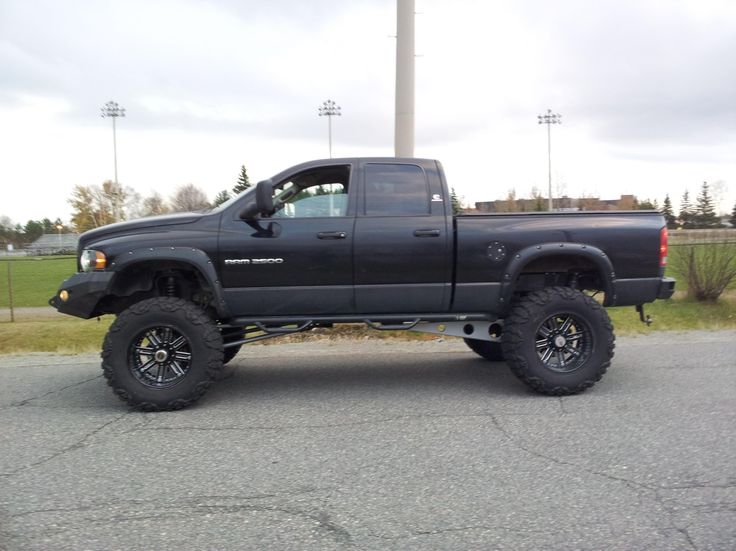 6
6
106
Anatoly
01 December 2022
Na Na Reno
EXPERIENCE 20 years
Tires of satisfaction. Guma is fresh, came to a new post office, soft, not too noisy. In the snow it’s good, in the cold it’s not a test.
Pros: In general, everything is good.
Nedoliki: Until I remember, I hope there won't be any.
OttsINKA
FLECTION OTCIKI:
Kevernism on dry asphalt:
Kevernism on wet asphalt:
Kerovost on SNIGU:
Keverniy on ice:
noisy:
Hankook Winter I*Cept RS3 W462 195/65 R15 91H
Bogdan
30 leaf fall 2022
On Golf 4
EXPERIENCE 10 Rock
Green Rifle
Perevgs: according to SNIGU I KASKII Supeurov in Loda, there is no їazdvy -garnish garnish yami
short -lived: NEMA
CAST
MORS:
KENTRITITITION: 9000
KENTRITS: 9000
.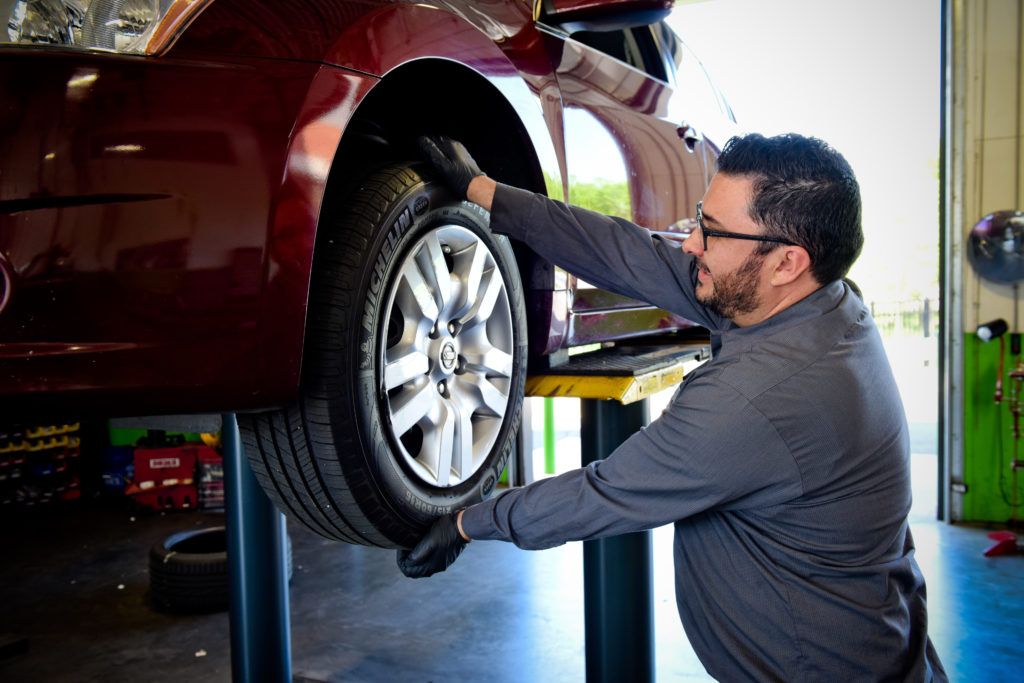 on wet pavement:
on wet pavement:
roughness on snow:
roughness on ice:
noise:
Price/Yakist:
Goodyear Ultra Grip 9+ 205/55 R16 91T
4.7
36
Rostislav
28 leaf fall 2022
On Opel Astra H
EXPERIENCE 10 nights
First time I buy on your website, everything came in an hour, they called me back in the medical care.
Perevagi: Price and quality.
Nedoliki: Until I start, I don't think I'll get them off.
Otsіninka
Fucking OttsINKA:
Kelenisti on dry asphalt:
Kevernism on wet asphalt:
Kerovost on SNIGU:
KENISTICS:
000 6666 666 666 666 Nokian, Michelin, Continental, Goodyear
How to choose tires
09/09/2022
0007
Who can use low profile tires?
To give your car a more attractive and sporty look, a lot of car enthusiasts should put their vibe on low-profile tire models.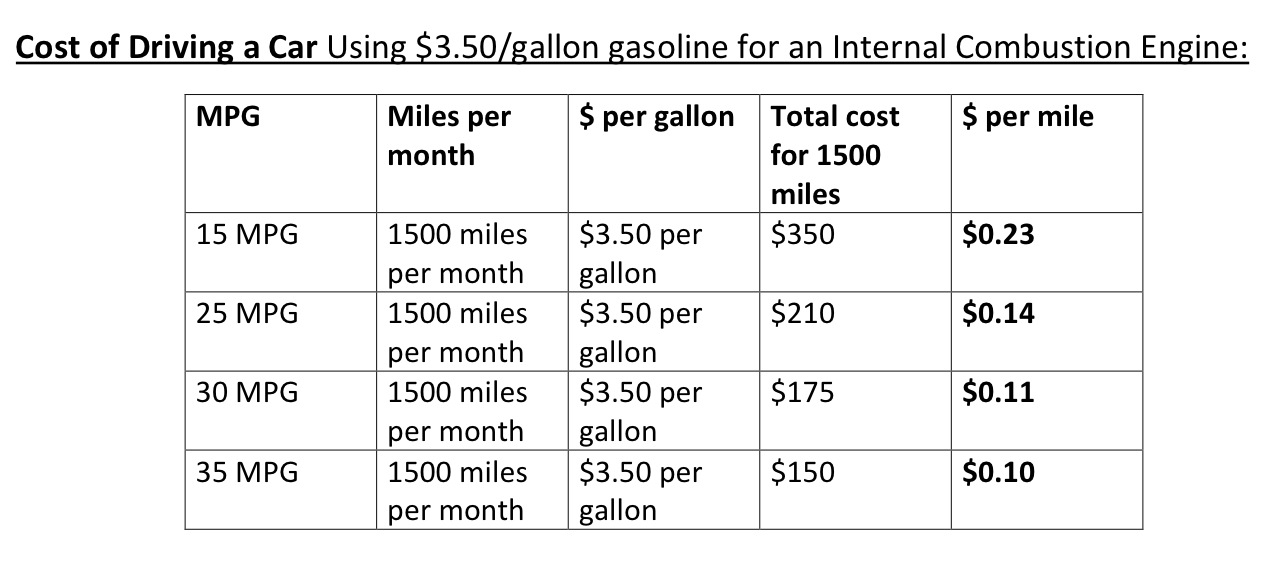
09/06/2022
Tire-Rims
What will be the consequences of putting the straightened tires backwards?
Following clear recommendations from tire manufacturers, the installation of screed tires will lead to a rich supply of cars. Often you can feel the thought that the productivity of the tires will move up, so put them not straight out of the instructions in one straight, but out of the box.
09/04/2022
Tire-Rims
Some of the most expensive tires can become indestructible, without seeming already about the dribbling in the process of exploitation.
02.09.2022
Tire wheels
Leather knows how important it is to choose good wheels for your car. Adzhe Guma plays a great role in the carefree caretaker, and she reaps for comfort on the road.
31.08.2022
Tire-Rims
How to choose summer tires: recommendations for choosing summer tires Most often, when looking for an option, they are guided by the variability of the kit and yogo expansion, without compromising such important parameters: the type and small tread, the speed index and the tension, the hardness level and the noise level.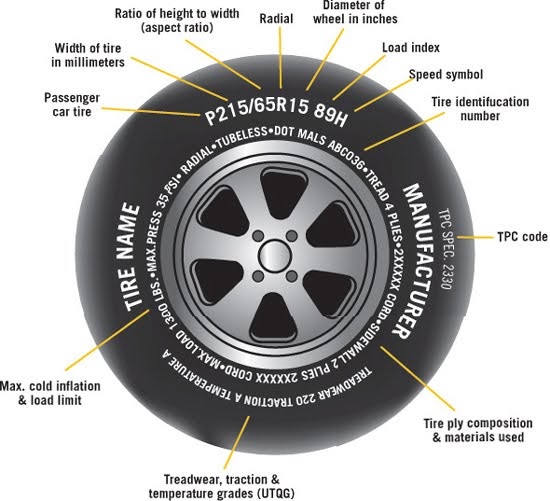
06/16/2022
Tire Rims
The best Japanese tire makers: brandy and model rating
Japanese car tires are not without reason considered one of the most popular tires in the whole world. There is nothing marvelous in this, even if the tires are being modified, bugatory quality control and advanced technologies are established.
06/04/2022
Tire-Rims
How do you know the correct tire size for your car?
When buying new tires for your car, it is necessary to insure not only seasonality, tread characteristics and brand, but also tire size.
06/02/2022
Tire-Rims
Buying tires is an important thing for a leather car enthusiast. Tires must be re-worn on the river (with a little all-weather tires) according to the rules of the road traffic and seasonality, as well as the hour from hour to hour.
19.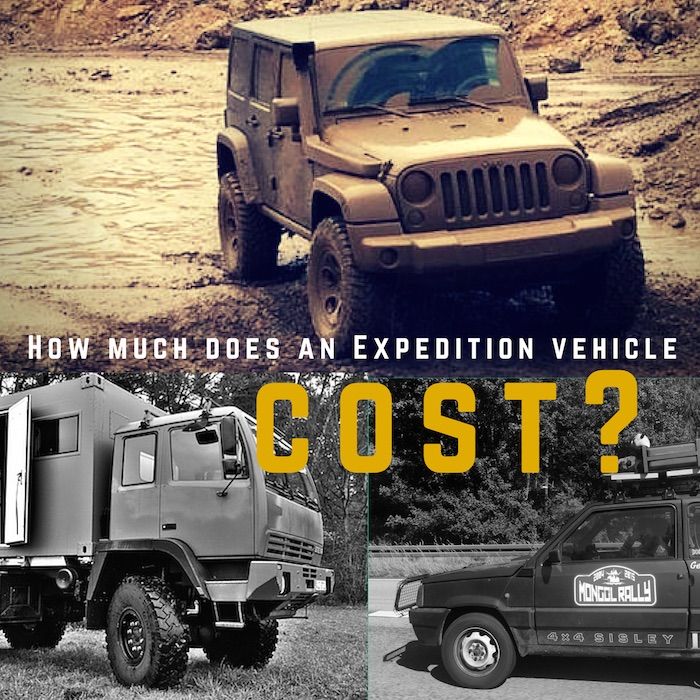 04.2022
04.2022
Tire-Rims
A great car doesn't just give you the comfort and convenience, but it does require additional windows. Cars need to carry out MOT every hour to change tires.
18.04.2022
Tire-Rims
Pros and cons of all-season tires
In the cold season, it is customary to install winter tires, and in the heat - summer. Tsey obov'yazkovy zahіd, prescriptions for the rules of the road traffic.
See all
Truck tires during operation take on an increased load and are often forced to serve in extreme conditions. When choosing tires for trucks, it is important to carefully approach the process, to know the main criteria and classification of specialty tires, as well as to understand their differences from tires for cars.
Contents
There are several parameters in which truck tires differ from passenger car tires.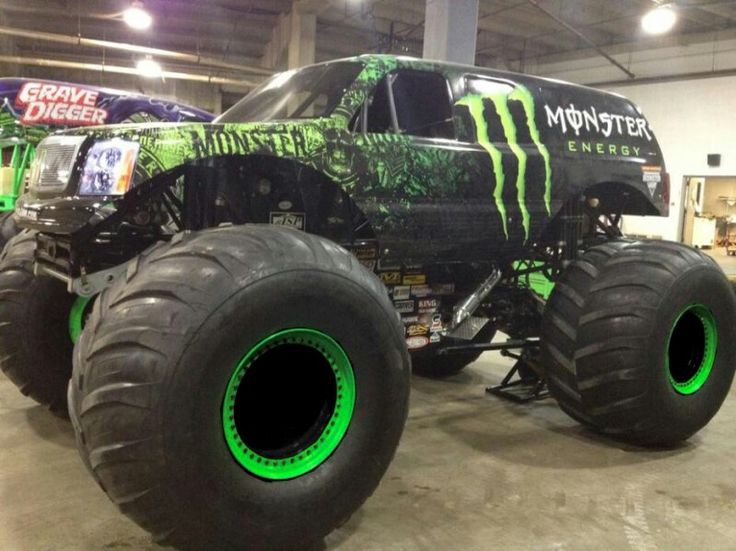 The main ones should include:
The main ones should include:
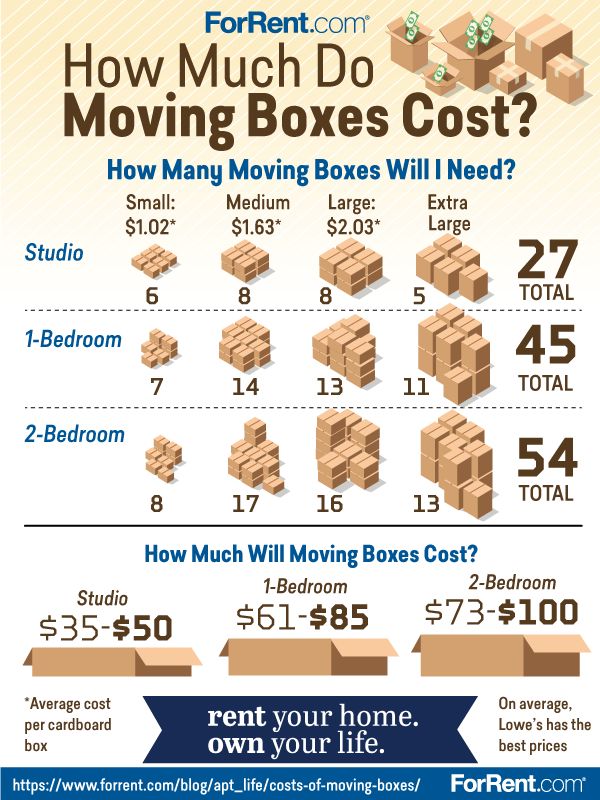 This is necessary, because during operation such vehicles carry heavy loads.
This is necessary, because during operation such vehicles carry heavy loads. This is just a small list of differences that are typical for truck tires, but they fully convey the features of such products and the increased requirements for the composition of the rubber from which they are made.
When choosing a product, it is necessary to take into account a number of features used to classify such tires. Let's take a look at the main points below.
Rubber for trucks is conditionally divided by type of car. Tires are:

The rubber is marked S(Steer) and has a special pattern that provides straight-line movement, is soft and has a small number of tread elements to reduce noise. It is mounted on the steering axle and takes on most of the load.
Such tires are often called controllable, because they respond to commands and must provide driving comfort. Winter tires have a lot of sipes that improve braking performance on ice or snow.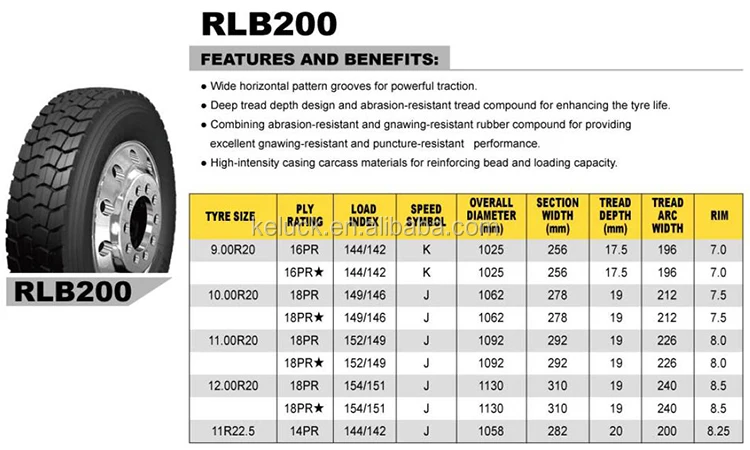
They are marked D (Drive). They take on heavy loads, so the tires contain components to improve wear resistance. The side part is additionally reinforced to increase the load capacity.
In the manufacture, emphasis is placed on the ease of starting and reducing the braking distance. The tire tread is distinguished by larger lamellas in large numbers, which have a recess of various shapes. This feature ensures stability and cross-country ability.
They are designated by the letter U (Universal), are rare and can be installed on the leading, steering or other axles. Many people prefer to buy truck tires of this type to save money, in order to avoid the financial costs of purchasing two or more sets of rubber.
The same method solves the issue with spare wheels. But the characteristics of universal rubber are worse, the level of comfort and safety is reduced. However, such tires are often fitted to passenger buses.
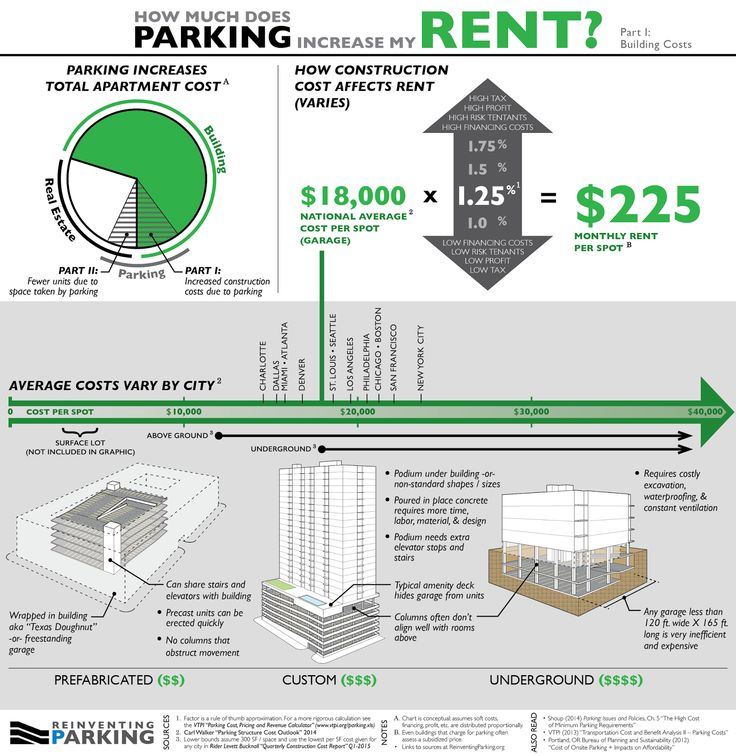
When choosing tires for trucks, it is necessary to take into account the features of operation, namely the possibility of using tires in specific conditions. Conventionally, products are divided into several categories (by type of transport):
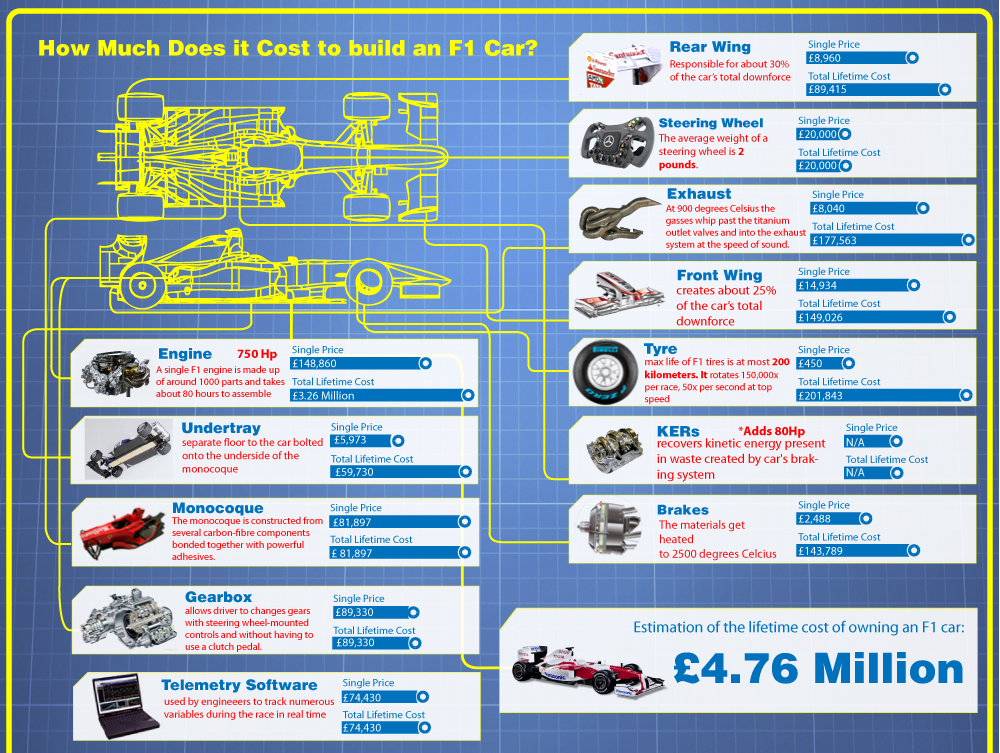
When choosing truck tires for 22.5 inches or another size, you must consider the characteristics of the tread. The performance parameters of the product and the conditions under which the tire can be used depend on this parameter. Conventionally, the drawing can be of the following types:

When choosing tires for trucks, you need to pay attention to the design features of the frame. From this position, two types of construction are distinguished:
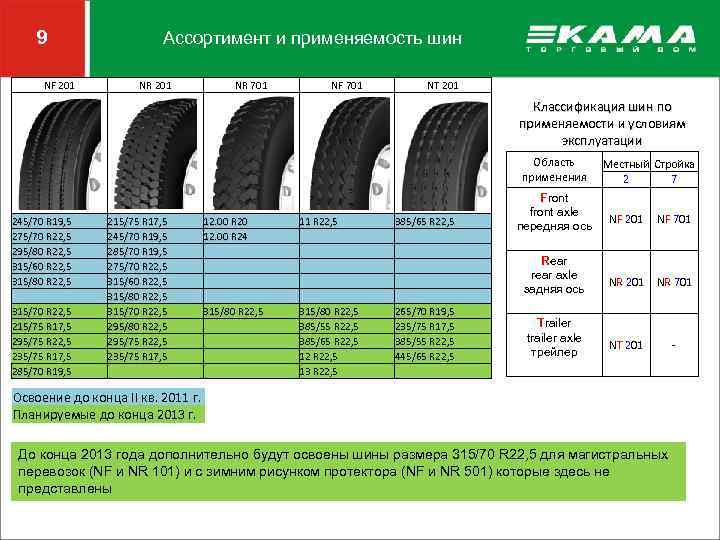 Depending on the requirements for load capacity, the cord can be made using textile or metal elements. Sometimes a universal (mixed) approach is used. The features of such tires are low resistance to damage, the ability to withstand heavy loads, wear uniformity, and high price.
Depending on the requirements for load capacity, the cord can be made using textile or metal elements. Sometimes a universal (mixed) approach is used. The features of such tires are low resistance to damage, the ability to withstand heavy loads, wear uniformity, and high price. Bias tires are more popular due to their resistance to damage, lower price, and the possibility of installation on special equipment. These tires are not used on passenger cars. Of the minuses - greater rigidity, uneven wear and less comfort during operation.
When choosing a tire for a truck, you need to look not only at the price, but also at the size of the product. This parameter is indicated on the side using standard notation.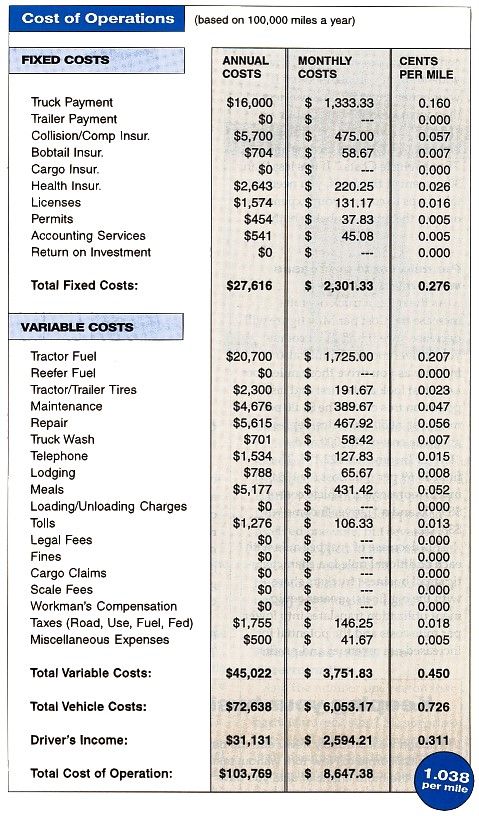 Using them, it is easy to determine the diameter, height / width of the profile, purpose and other features of the tire.
Using them, it is easy to determine the diameter, height / width of the profile, purpose and other features of the tire.
For example, consider the classic truck size -385/70 R22.5. From this entry, we can conclude that the tire has a diameter of 22.5 inches, a profile width of 385 mm and a height of 70 mm. The symbol R denotes the radiality of the structure.
In addition to these figures, the landing parameter in inches and the load index are indicated. The latter is indicated in the form of two numbers, for example, 140/142 for twin axles. The letter with the speed index is also indicated. We will discuss this issue in more detail below.
Bias tires do not have a special marking or a dash is placed between the width / height of the profile part. As for full-profile rubber, it is easy to recognize by the inscription "00". This indicates a 100% height to width ratio.
When buying truck tires, pay attention to the load index.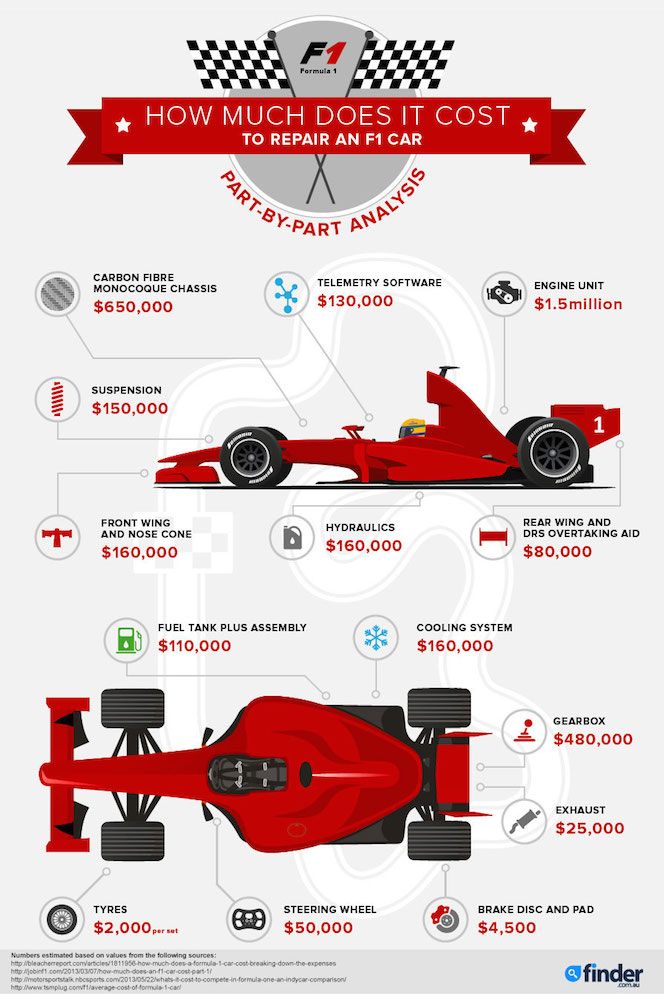 According to this indicator, you can determine the upper weight threshold set by the manufacturer for rubber. It must be compared with the passport data of the carrying capacity of the transport and the permissible weight per axle wheel. Tables can be used to determine the correct index. Only two fields are available in them - the value itself and the weight that is characteristic of it.
According to this indicator, you can determine the upper weight threshold set by the manufacturer for rubber. It must be compared with the passport data of the carrying capacity of the transport and the permissible weight per axle wheel. Tables can be used to determine the correct index. Only two fields are available in them - the value itself and the weight that is characteristic of it.
In relation to trucks, you need to know that the wheels can have two tires. In this case, you need to choose tires with the possibility of such an application. You can recognize a suitable model by specifying two digits of the load index, indicated through a slash (as in the example discussed above).
If the truck has an axle with twin wheels, the load is calculated for six tires, not four. The tables most often show data for indices from 50 (corresponding to 190 kg) to 169(5.8 tons).
For our example “140/142”, we can say that the tires can withstand a weight of 2.5 tons with one wheel, and 2.